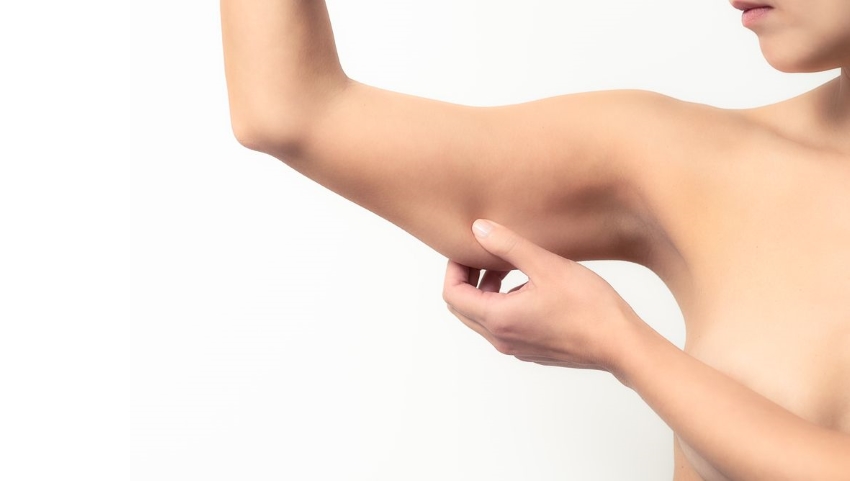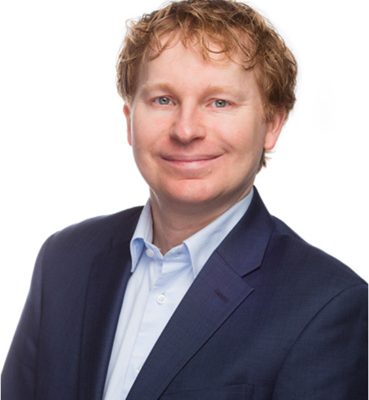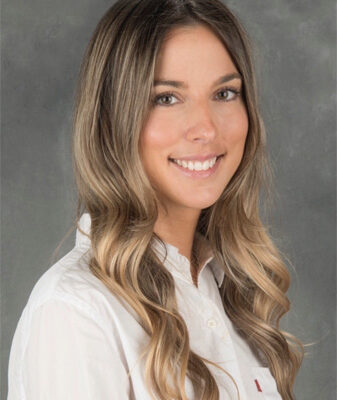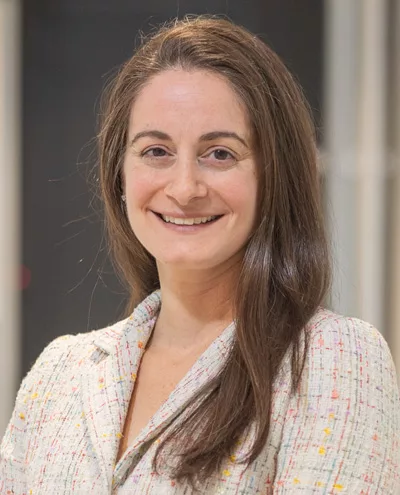Arm lifts (brachioplasties) are usually performed on patients who have lost a significant amount of weight, resulting in excess skin on the arms.
The objective of a brachioplasty is to give the arms a more aesthetically pleasing shape by removing excess fat and skin. For a more even result, skin bearing stretch marks, cellulite and imperfections can also be targeted during the procedure.
A brachioplasty can be performed alone or, in the case of significant fat deposits in several areas of the body, be combined with an abdominoplasty, a lipectomy of the pubis and/or the thighs.

Frequently asked questions
The ideal patient for this procedure is in good general health, physically fit and at a healthy body weight (or has reached a stable weight after significant weight loss). The patient’s arms are perceived as too prominent in comparison with his or her silhouette. Certain people may also be embarrassed by their physical appearance or experience pain caused by the friction of folds of fat in the arms and armpit areas. The range of motion in the arms may also be limited due to the presence of the excess tissue.
In healthy patients, arm lifts are very safe and cause little complications. The following is a list of possible complications immediately following the procedure and over the long term.
Bleeding
After any surgical procedure, there is normally some bleeding at the site of the wound. Such bleeding should slow over time and stop altogether after a few days. If, however, there is extensive bleeding that cannot be stopped by applying pressure, another surgical procedure would be required.
Seroma
An excessive amount of the fluids that are normally produced by the body may accumulate inside the wound. This is not dangerous, but the fluids may need to be drained with a syringe on one or more occasions.
Infection
An infection can sometimes occur despite using sterile methods and taking antibiotics before surgery. Depending on the severity of the infection, oral or intravenous antibiotics may be required. If an abscess (an accumulation of pus) develops, it will need to be drained by opening the affected area of the skin or by using a drainage tube.
Wound dehiscence
Wound dehiscence refers to a complete or partial opening of the wound that is not healing well. This can be caused by an infection, a pocket of blood or seroma, or by insufficient blood flow. Dehiscence is usually treated conservatively, that is, either by applying dressings and wound management, or through surgery to close the wound again.
Necrosis of the skin
Necrosis of the skin is a rare complication where a portion of the skin does not receive enough blood to heal properly. Skin that is affected by necrosis can be treated by applying dressings and wound management or may require surgery to close the wound again. Patients who smoke are at greater risk.
Necrosis of the adipose tissue
Fat necrosis is characterized by a flow of liquified fat which can last several weeks. This condition is caused by insufficient blood flow to the adipose tissue and is more frequent in patients who smoke or are obese.
Phlebitis
Phlebitis, which is very rare, is an inflammation that can occur in the deep veins of the legs. Blood-thinning medication and compression stockings may be prescribed to treat this condition. The best form of prevention is moving around as soon as possible after the surgery, because contracting the calf muscles greatly improves blood flow in the legs.
Bad scarring
The scar will change gradually for up to two years before reaching its final appearance. It may become pigmented, raised, painful or less sensitive to touch. As the scar evolves, your surgeon can suggest various treatments, which might include minor surgery to correct its appearance.
Postoperative dressings must remain clean and dry for the first few days following the procedure. You may shower once the dressings and drainage tubes have been removed. You must avoid any intense physical exercise and raising your arms above your shoulders during the first six weeks following your surgery in order to give your body a chance to heal comfortably. However, it is important to get out of bed and walk regularly in order to activate blood flow in the legs and avoid thrombophlebitis.
You can resume your normal physical activities two to three weeks after your surgery. It is important for you to listen to your body. It will tell you if you are ready to exercise and how much exercise you can handle. Pain or discomfort when exercising is a sign that your body is not quite healed and that it would be better to wait a few more days before trying again.
An arm lift lasts approximately three hours. However, you must plan some time for preparation before entering the operating room (30 to 45 minutes) and time to recover from the general anesthesia (1 to 2 hours). You should therefore plan to take a day off from work for your surgery.
Generally, the cost of a brachioplasty is $11,945. The cost may vary if the procedure is combined with an abdominoplasty and/or lipectomy of the thighs. Additional charges may apply if the patient has a particular condition or if different surgeries are combined.
Our specialists

PLASTIC AND AESTHETIC SURGEON
Dr. Mario Luc
- 450-241-6045

PLASTIC AND AESTHETIC SURGEON
Dr. Marie-Pascale Tremblay-Champagne
- 450-241-6045

PLASTIC AND AESTHETIC SURGEON
Dr. Camille Vallée-Gravel
- 450-241-6045

PLASTIC AND AESTHETIC SURGEON
Dr. Jennifer Dolmajian
- 450-241-6045
Cosmetic Surgeries
Make an appointment with a surgeon
Call Us
We would be glad to help you through the process by answering all your questions and allaying your concerns.